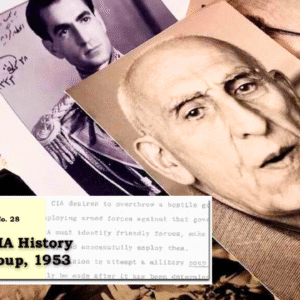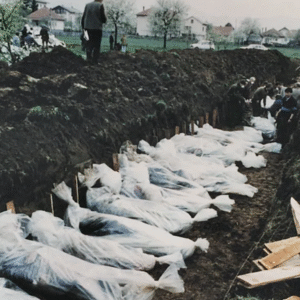All About Palestine II: Sykes-Picot, Balfour, British Mandate
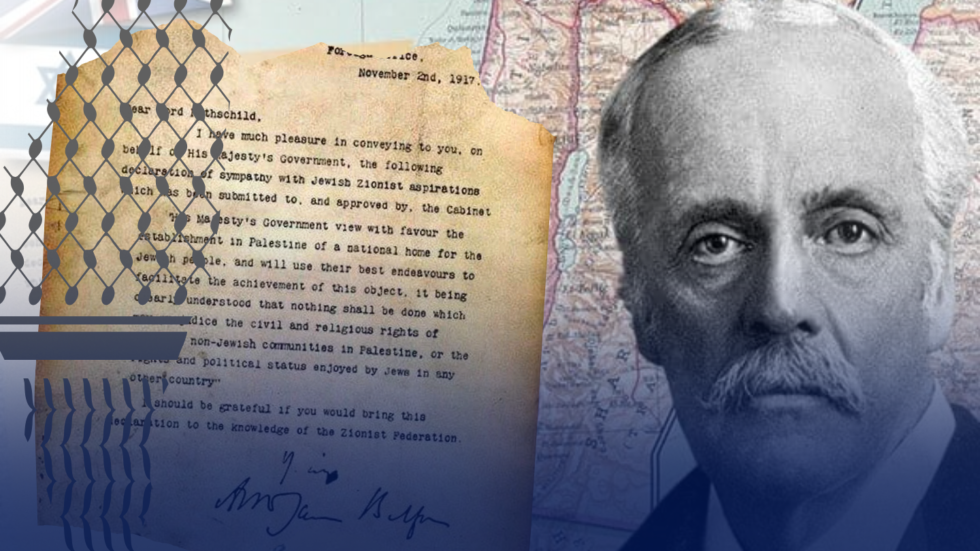
All About Palestine II: Sykes-Picot, Balfour, British Mandate
Palestine. What was once a thriving, culturally, and religiously diverse land, now lies under the military occupation of a racist, colonial regime. In the early 1900’s, ‘Imperialism’ and ‘Zionism’ merged together in perhaps the greatest conspiracy in human history: to uproot a nation and establish a military outpost in the form of a settler-colony on the shores of West Asia, to serve the British Empire’s interests in the region.
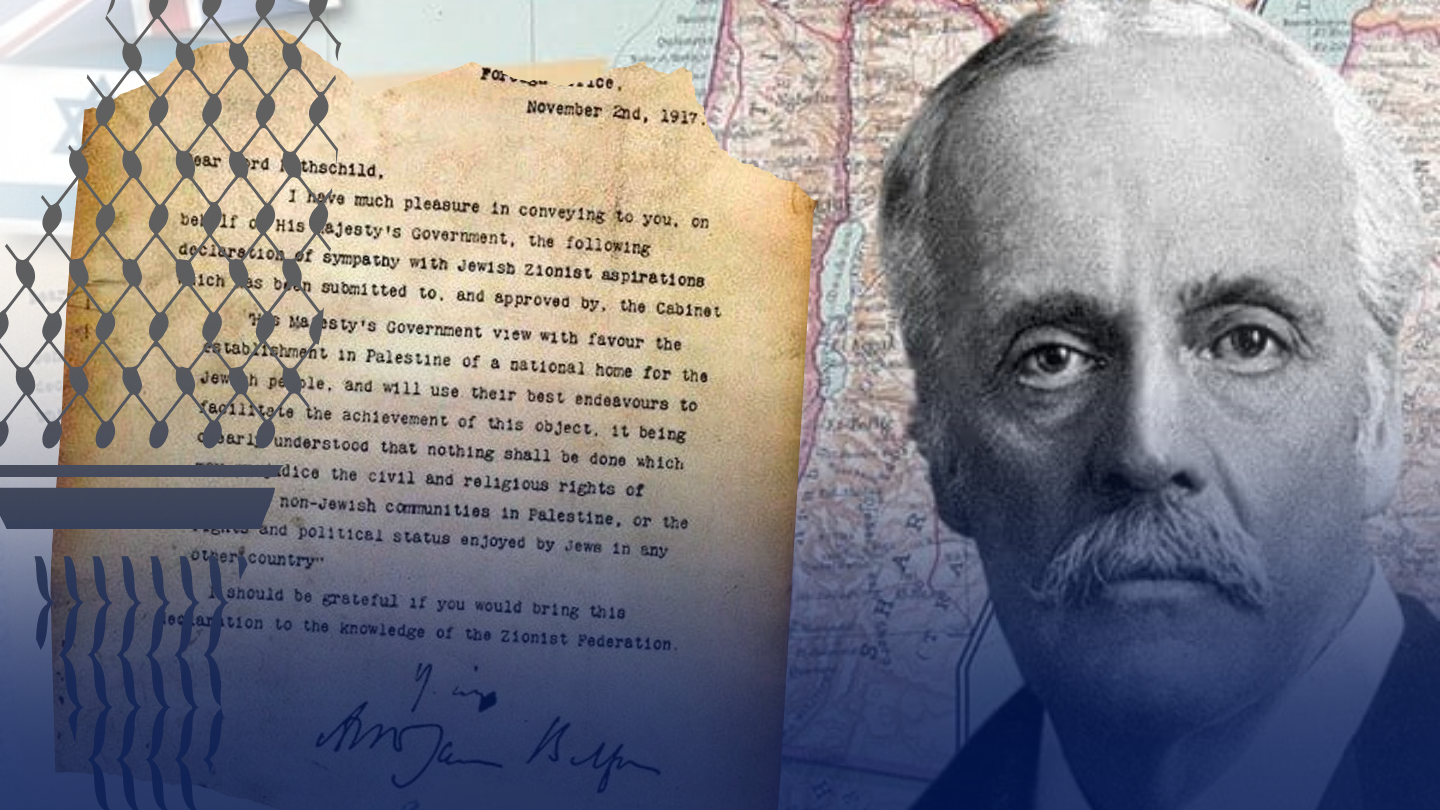
All About Palestine II: Sykes-Picot, Balfour, British Mandate
Palestine. What was once a thriving, culturally, and religiously diverse land, now lies under the military occupation of a racist, colonial regime. In the early 1900’s, ‘Imperialism’ and ‘Zionism’ merged together in perhaps the greatest conspiracy in human history: to uproot a nation and establish a military outpost in the form of a settler-colony on the shores of West Asia, to serve the British Empire’s interests in the region.
Written by: Nadia Hojaij and Yahia Hassani | Copy Editors: Zainabrights | Design: Fatima El-Zein
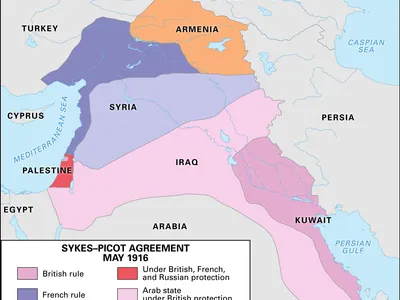
In 1914, WWI began and in 1916, the notorious Sykes-Picot Agreement was established. It was a secret treaty between Britain and France which divided the Arab lands between the two imperial powers in anticipation of the spoils of war to result from the collapse of the Ottoman Empire. Roughly, France was to take modern day Syria and Lebanon, and Britain was to take modern day Iraq, Jordan, Kuwait, with Palestine left under “international administration.”
1916 was devastating for the British and their allies as they were desperate for the US to join the war. British Zionists seized the opportunity, and made it clear that if Britain would promise to support the establishment of a Jewish state in Palestine, they would make sure that American Zionists would help bring the US into the war.
In April 1917, the US joined the war and shortly after, in November, the infamous Balfour Declaration was issued. This was a public statement by UK’s Foreign Secretary Arthur Balfour to Britain’s most illustrious Zionist leader Lionel Rothschild, expressing the UK’s support to establish a “national home for the Jewish people ” in Palestine.
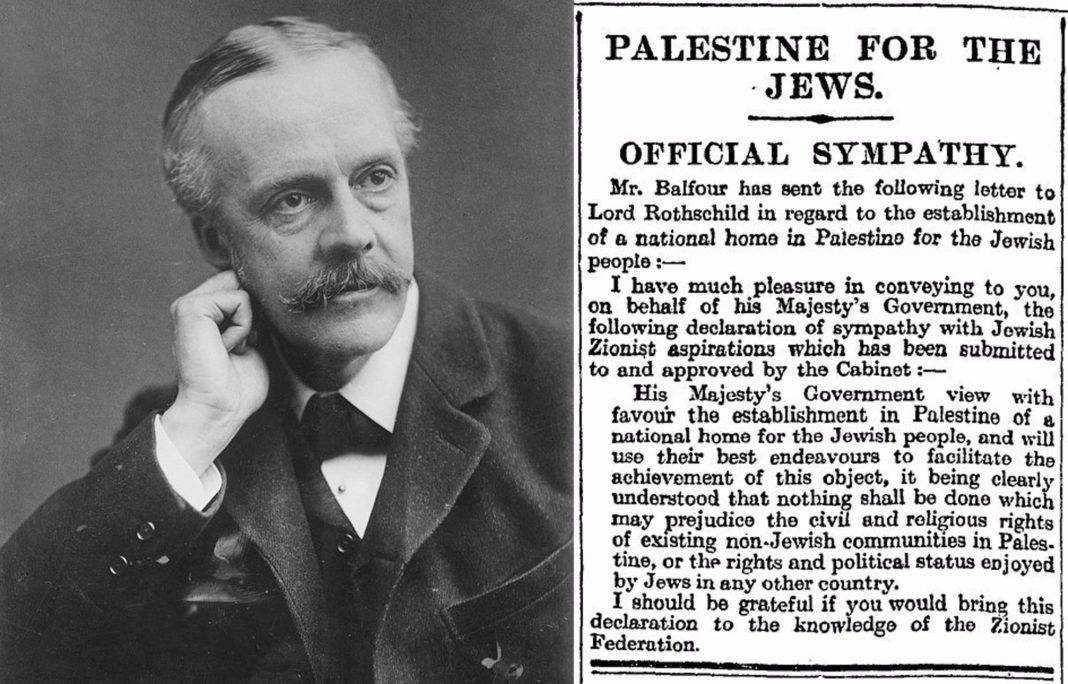
Samuel Landman, secretary of the World Zionist Organization from 1917–1922, states in his 1936 publication Great Britain, the Jews and Palestine: “The fact that it was Jewish help that brought U.S. into the War on the side of the Allies has rankled ever since in German–especially Nazi–minds, and has contributed in no small measure to the prominence which anti-Semitism occupies in the Nazi programme.” The Ottomans actually sought peace with the Allies in May of 1917, immediately after the US entered the War, which later claimed the lives of 117,465 Americans. However, it was prevented by influential Zionists. Peace with the Ottomans could have ended the War earlier, but it would have prevented the Sykes-Picot post-War plans, including the plans of the Balfour Declaration.
During WWI, Britain made promises to the Arabs in the Hussein-McMahon Correspondence, that if they helped topple the Ottoman Empire, they would be granted independence in the aftermath. The Arab Revolt of 1916-18 was initiated, with British agent “Lawrence of Arabia” tasked to incite Arab rebellions across the Ottoman Empire. Britain worked actively to prevent any sort of Arab nationalism, primarily through the ‘divide and conquer’ strategy with the Sykes-Picot Agreement. It was not long before Arabs became aware of the conspiracy unfolding within their region, with the plan for territories to be divided between the two imperial powers. This enraged many Arab leaders, as they were never “granted” the independence they had been promised. In the meantime, Jewish immigration to Palestine continued, in waves known as “Aliyah’s.”
The British Mandate Period
After the collapse of the Ottoman Empire that ended WWI, Britain became the governing power of Palestine, in what became known as the British Mandate Period, lasting from 1920-1948. A 1922 census of Palestine depicts a total population of 752,048 people: 589,177 Muslims (78%), 83,790 Jews (11%), 71,464 Christians (10%), 7,617 others (1%).
The British Mandate was administered under the League of Nations as a temporary trust to lead the native population to self-government and independence.
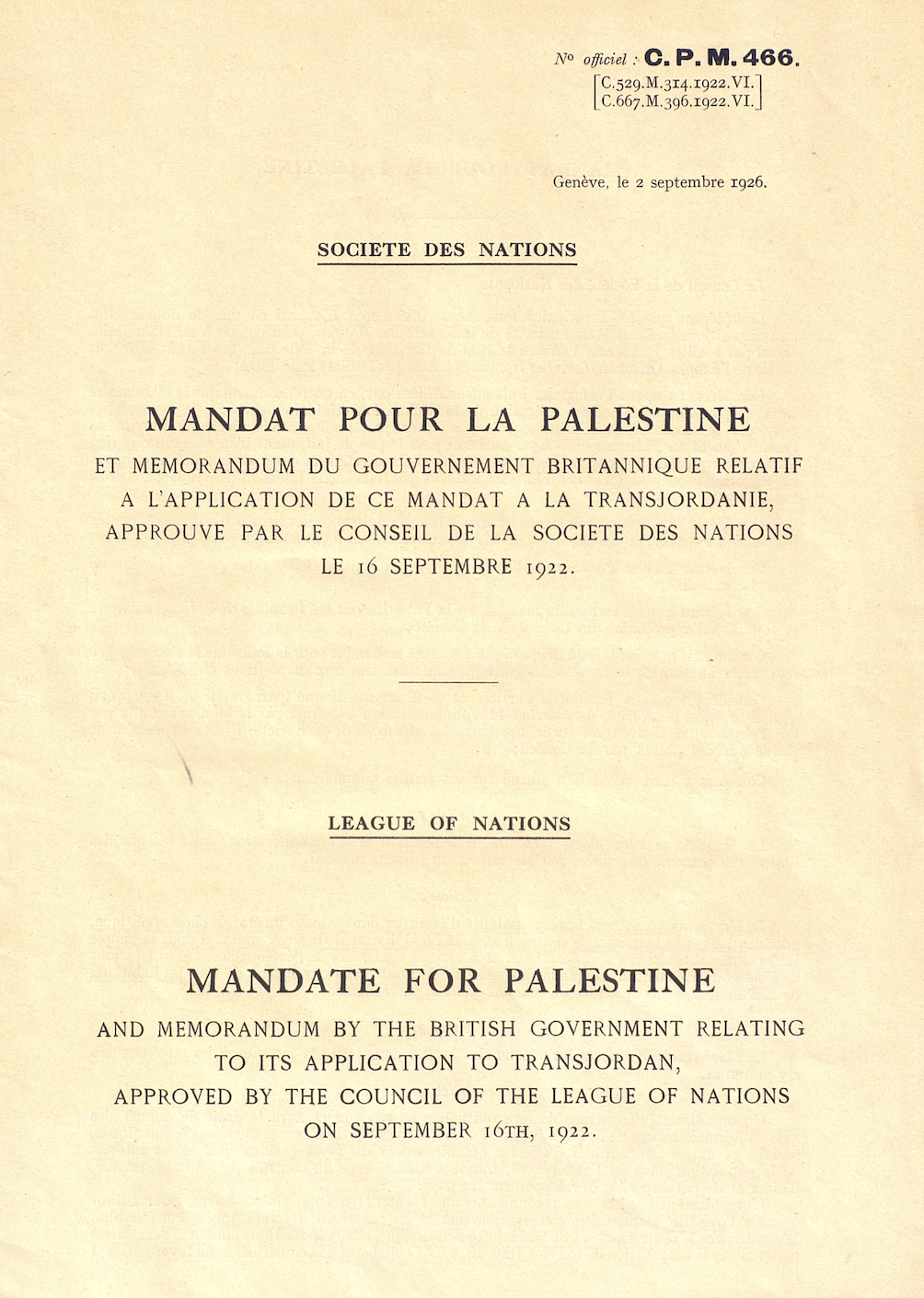
Palestinians demanded that the British government halt Jewish emigration to Palestine, and proposed the creation of a national government democratically elected by the country’s Muslims, Christians, and Jews. However, the British government ignored this demand.
Fearing displacement in their own country, Palestinians resisted British policy through non-violent diplomatic means, boycotts, civil disobedience, and eventually riots. Uncertainty over the disposition of Palestine increased tensions between the native Arabs and Zionists, who both realized that by the end of the mandate period the region’s future would be determined by size of population and ownership of land. During the mandate, Zionists organized militia groups to operate within Palestine, with gangs such as the Haganah, Irgun, and Lehi (Stern). The main issues throughout the mandate period were Jewish immigration and land purchases, with Zionists attempting to increase both and the native Arabs seeking to decrease both. Conflict over these issues often escalated into violence, with the British forced to intervene. Between the years of 1920-1945, over 367,800 Jews immigrated to Palestine. The Jewish National Fund continued to be the purchasing arm of the Zionist movement tasked with acquiring as much territory within Palestine as possible. With strong efforts to coerce and bribe Palestinians to sell off their lands, most were uninterested.
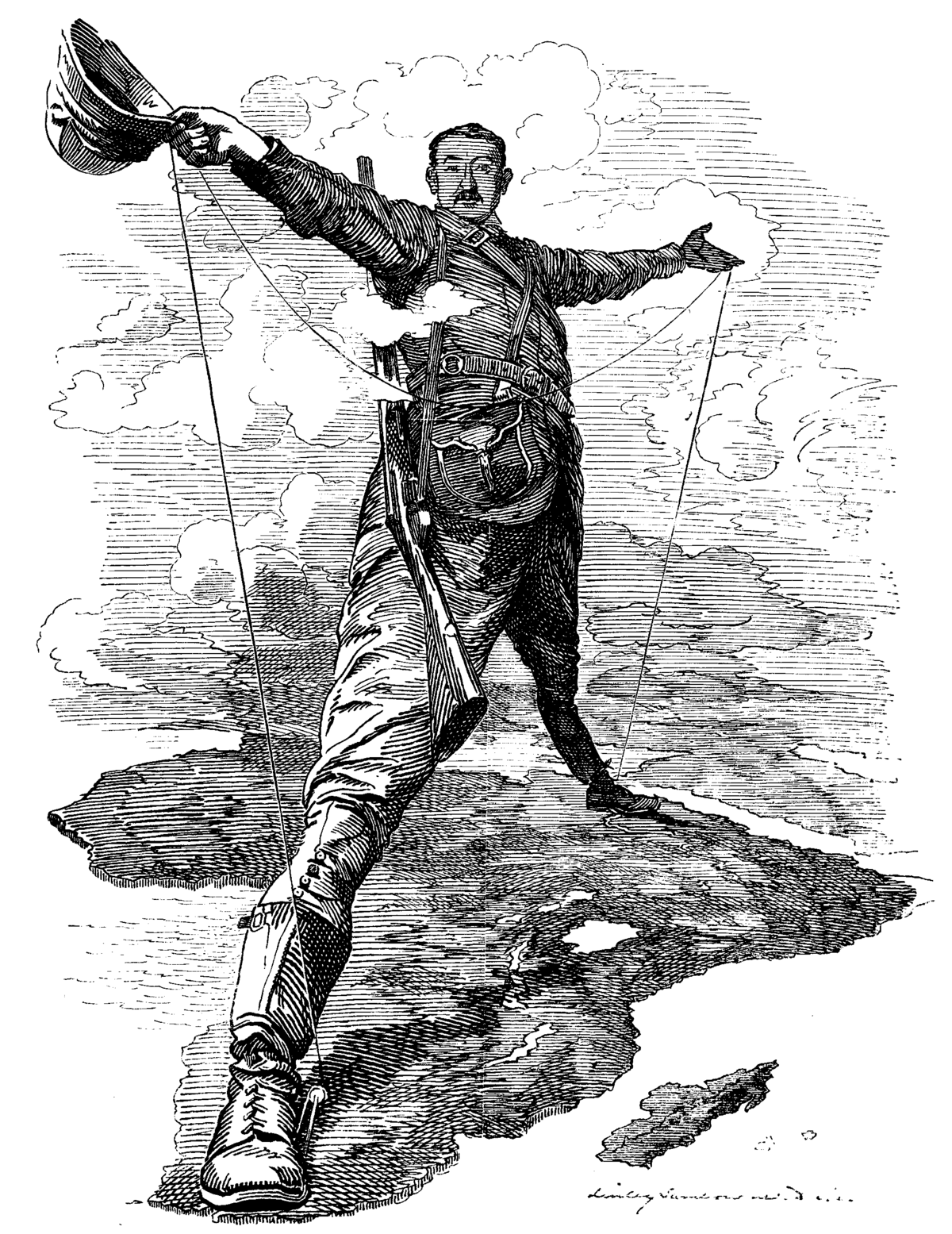
At this point, Britain was not entirely manipulated by the Zionists. Being the Imperial Power that it was, it had its own interests in supporting the Zionist case for Palestine, and regarded it as a potential extension of its Empire. In fact, Herzl himself understood his imperial sponsors when he was soliciting their assistance, inviting them to “something colonial.”
In establishing the Jewish State in Palestine, Britain would acquire a military outpost in the Middle East(West Asia) to protect its interests in the historically rich and geo-politically strategic region.
The military outpost would be in the form of a settler-colony, and would expand at the expense of the land’s indigenous people. The colony would be well protected by settlers who believed it was their God-promised Holy Land and divine duty to defend. The new colony would remain loyal to and entirely dependent on the Empire’s support in its conquest, in return for protecting its interests in the region.
To legitimize this settler-colony in the post-colonial world, it needed to be presented under the guise of creating a national home for the Jewish people. Thus, imperialism and Zionism merged together and uprooted a nation in order to establish another–with a form of settler-colonialism driven by an ethnocentric socio-political ideology–in the name of self determination for a religious minority. The US took over the project after it inherited the British Empire in the aftermath of WWII.
Current US President Joe Biden, a self proclaimed Zionist, famously said “Were there not an Israel, the United States would have to invent an Israel to protect her interests in the region.”
The 1930’s witnessed the largest waves of Jewish immigration to Palestine, known as the “Fifth Aliyah,” particularly due to Nazi persecution. During that decade alone, nearly 250,000 Jewish immigrants arrived in Palestine, mostly from Germany and Eastern Europe, bringing their total population to 450,000. Zionist leaders made transfer arrangements with the Third Reich, known as the “Haavara Agreement,” allowing approximately 60,000 Jews to safely transfer their capital to Palestine. In return, Zionists would help end the international boycott against German products. However, as Zionist settlements expanded, native Palestinians grew increasingly alarmed. By 1936, widespread discontent with British rule erupted into an open rebellion, known as The Great Arab Revolt. The uprising was caused by Arab desire for national independence, and was sparked by several factors including economic disruption, increasing debt, dispossession, and lack of jobs that were exacerbated by British policies and continued open Jewish immigration.
An Arab Higher Committee was formed calling for general strikes and nonpayment of taxes. In 1937, fighting intensified after Palestinians rejected Britain’s Peel Commision report recommending to partition Palestine into Jewish and Arab States, with a larger territory for the Jewish State and forcible transfer of Arabs to Trans-Jordan. The British shipped more than 20,000 troops into Palestine, deploying tanks, airplanes, and heavy artillery to brutally crush the revolt. They imposed martial law and collective punishment on Palestinains, placing thousands in detention camps. Some 5,000 Palestinians were killed and nearly 15,000 wounded, with many leaders exiled, assassinated, or imprisoned.
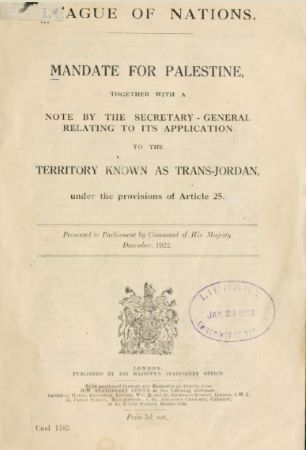
In 1938, Britain’s Woodhead Commission report concluded that partition was not possible. In 1939, the Revolt came to an end with the British making concessions to the Palestinians known as the 1939 White Paper, as Britain hoped to maintain stability in the region with the outbreak of WWII. Britain proposed that their obligation to establish a “Jewish National Home” had been fulfilled, that immigration would be subject to Arab consent after five years, and that an independent unitary state favorable to both Arabs and Jews would be established after ten years. Zionists were enraged as they sought to continue increasing Jewish immigration into Palestine.
Zionist militias began widespread attacks on British troops. In 1942, a Zionist conference was held in New York City to gain support from American Zionists for continued Jewish immigration, commonwealth, and military in Palestine, known as the Biltmore Declaration. In 1945, following the allied victory in WWII, the US requested the British to facilitate the immediate admission of 100,000 Holocaust survivors followed by unrestricted Jewish immigration. Zionists recruited heavily from post-Holocaust Displaced Persons camps, and used coercive methods to get Jews to move to Palestine, including taking away their food rations, dismissing them from their work, evicting them out of the camps, and more (1).
To increase its support base, Zionists also sent delegations to Jewish communities in Arab countries to convince Arab Jews to migrate to Palestine. However, that often failed as Arab Jews were content in their respected lands.
Former Israeli soldier and Arab Jew, Eran Efrati, describes how Zionists would disguise themselves as Arabs and attack Jews in Arab countries, even perpetrating terrorist attacks such as synagogue bombings, in order to convince Arab Jews that migration to Palestine was their only hope.
Naeim Giladi, an anti-Zionist Iraqi Jew, wrote that “Jews from Islamic lands did not emigrate willingly to Israel; that, to force them to leave, Jews killed Jews; and that, to buy time to confiscate ever more Arab lands, Jews on numerous occasions rejected genuine peace initiatives from their Arab neighbors.” He also reported how “In attempts to portray the Iraqis as anti-American and to terrorize the Jews, the Zionists planted bombs in the U.S. Information Service library and in synagogues” and that “about 125,000 Jews left Iraq for Israel in the late 1940s and into 1952, most because they had been lied to and put into a panic by what I came to learn were Zionist bombs.”
Attacks committed by Zionists were shocking and gruesome to many, but because the true perpetrators were masked, they created a false perception that Arab Jews must flee persecution in Arab countries and seek refuge in Palestine. Furthermore, Britain’s promises to the Arabs that ended their revolt were never fulfilled. By the end of the British Mandate Period in 1948, the Jewish population in Palestine had increased to 650,000 (33%), with the native Arabs at 1,319,000 (67%).
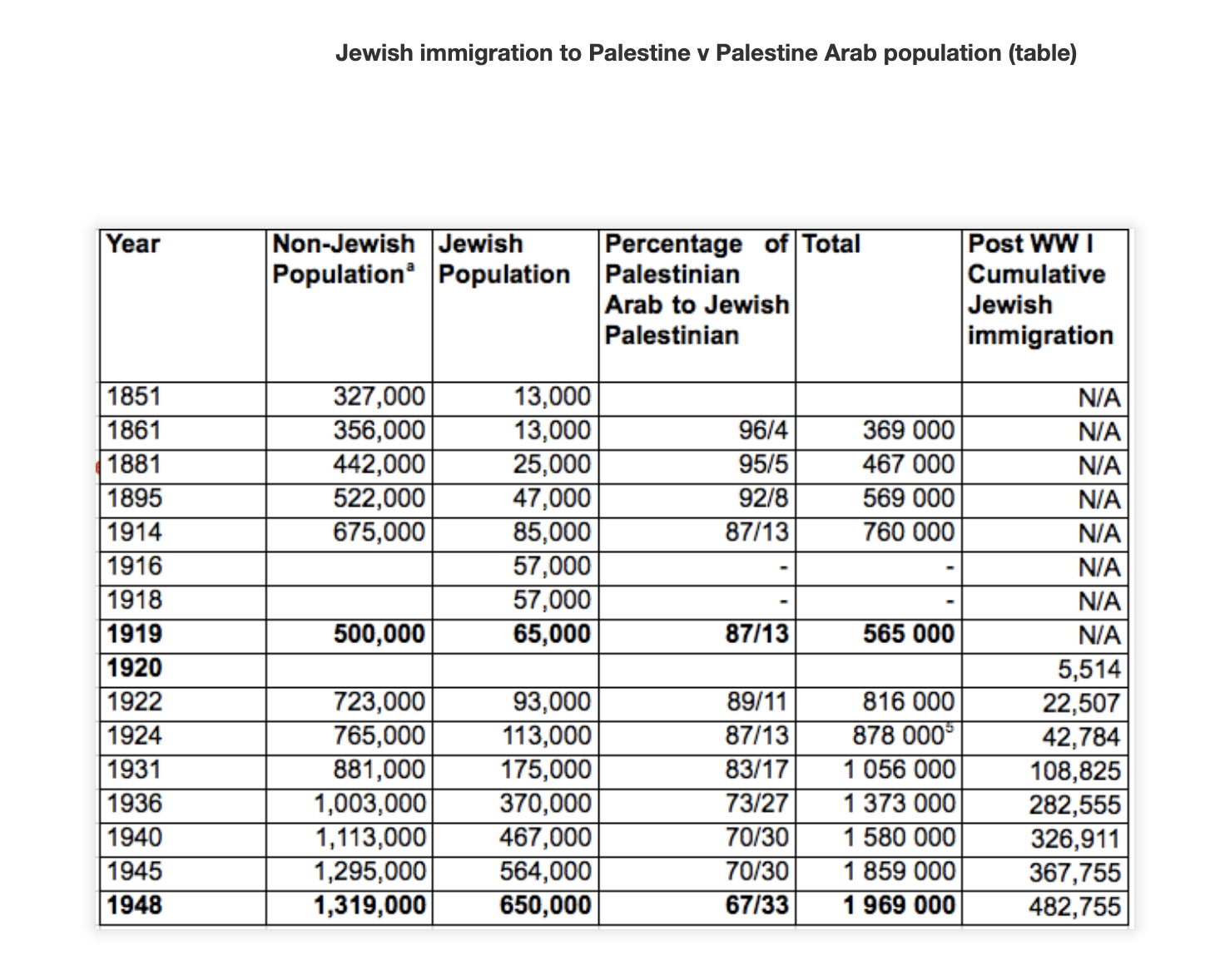
The piece you just read is a part of a larger report on Palestine. Each day we will delve into a different aspect.
SOURCES
- What Price Israel, Alfred Lilienthal, Pages 148-150
If you value our journalism…
TMJ News is committed to remaining an independent, reader-funded news platform. A small donation from our valuable readers like you keeps us running so that we can keep our reporting open to all! We’ve launched a fundraising campaign to raise the $10,000 we need to meet our publishing costs this year, and it’d mean the world to us if you’d make a monthly or one-time donation to help. If you value what we publish and agree that our world needs alternative voices like ours in the media, please give what you can today.
Related
47 Years After His Disappearance, Imam Musa Sadr’s Legacy of Unity, Dignity, and Resistance Lives On
August 31st, 2025 marked the 47th anniversary of the disappearance of revolutionary Islamic scholar Imam…


